|
|
December
November
October
September
August
July
June
May
April
March
February
January
|
How to identify the best accounting practices and how to implement them from small business accounting Sydney
An essential part of any business is the creation and implementation of best practice business procedures and practices. This is often overlooked in favour of things like maintaining up to date books of accounts, but without proper procedures and controls in place, your books will not always be 100% accurate. Unfortunately not many businesses document their accounting procedures consistently, which causes bottlenecks in the overall process, putting stress on yourself and your employees. Here are a few basic ideas to consider when creating policies and procedures, from us the small business accounting in Surry Hills and Zetland:
- Identify Risks & Weaknesses: The first step to identify best practice for your business is to locate the areas that need improvement. Look at the entire workflow from the top down and pick out areas where there is a potential for errors happening. For example, accounts receivable may not be at a level where you want it to be due to delays in actual billing, payment terms not being clarified with clients or there not being enough payment options available. Once you have identified the weak links in the process you can then document these for all employees and management to make them aware and go about addressing the issues.
- Implement controls and checks at each step: Sometimes the easiest solution to eliminate risks may not be best one. For example placing all responsibility for billing, pricing and collection of payments in the hands of one individual is not a best accounting practice, as there is scope for hiding discrepancies or even theft. Maintaining proper books requires having people in different hierarchies double checking each other’s work as well as creating an accounting trail that can be traced to the beginning.
- Monitor consistently: Keeping track of complaints both from customers and from staff is an essential process in improvement. You can detect patterns in the workflow and identify risk areas that were previously undetected. For example complaints regarding staff attitude may indicate that additional training is required. Subsequently, training or seminars can be scheduled to eliminate the problem.
Implementing best practice workflow throughout your organisation starts with documenting your results clearly and concisely at each step of the process. If not annually, you should review these procedures quarterly to make sure that your accounting procedures are kept up to date with the growth of your business. To get your small business accounting in Sydney in order, contact m.a.s accountants now. We are the small business accountant in Sydney. |





